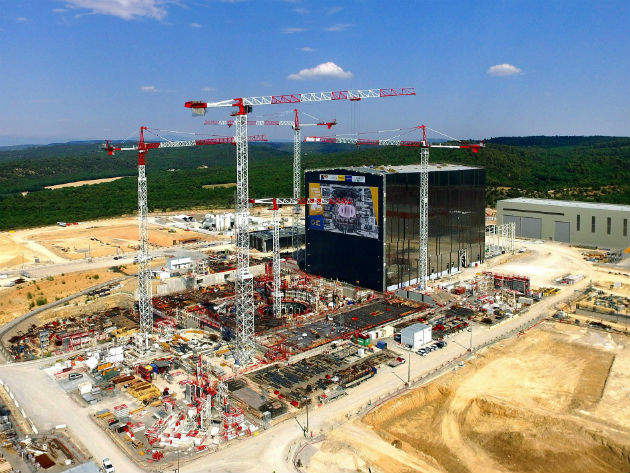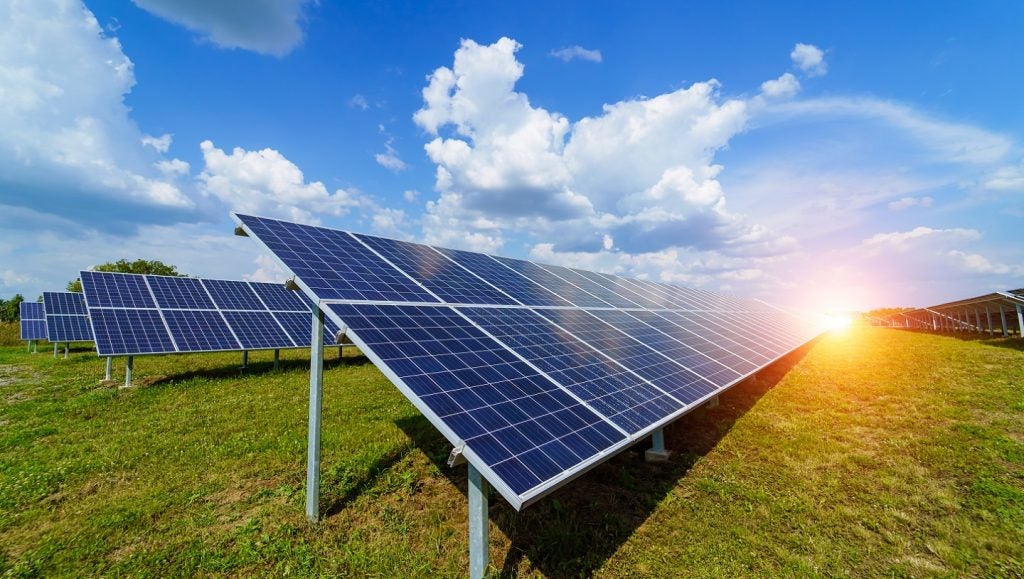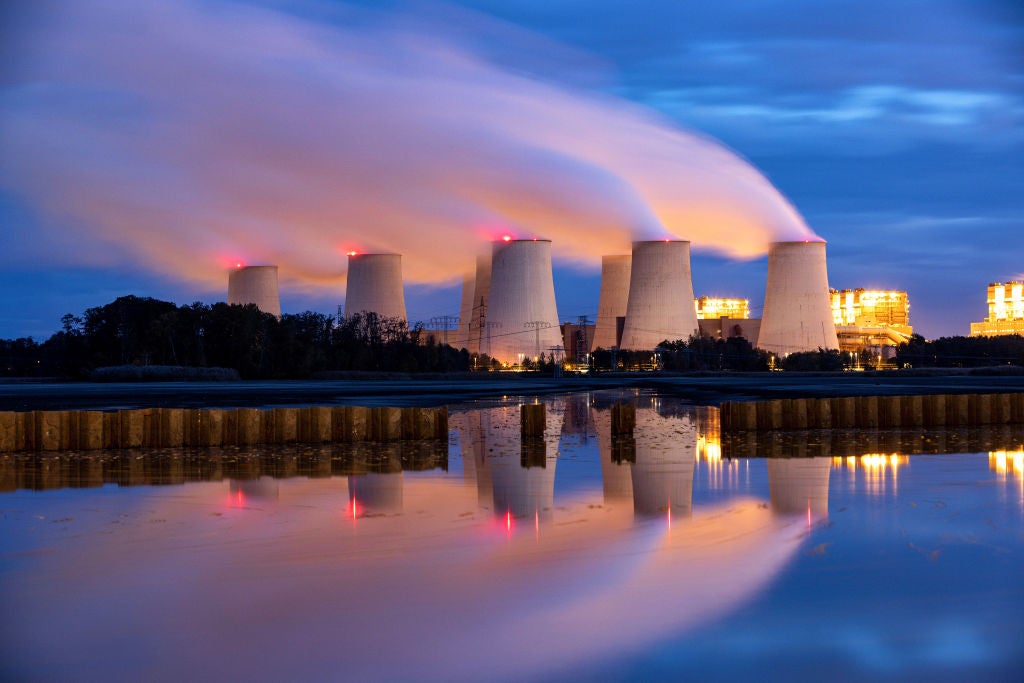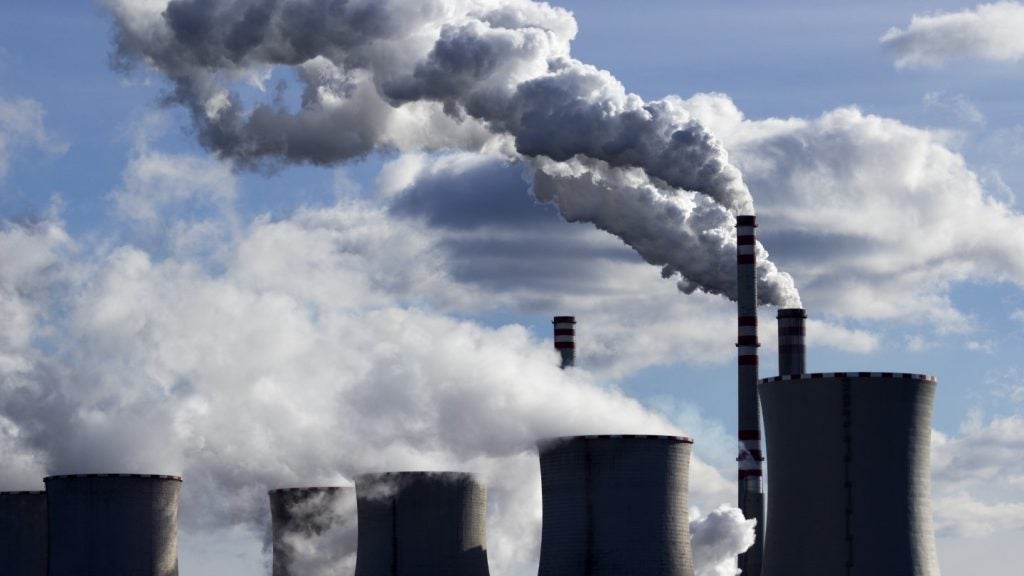

Fusion power, the nuclear reaction that powers the sun and stars, is the ultimate carbon-free energy source: clean, safe and with abundant fuel.
Although there is no question of fusion’s scientific feasibility, getting net energy out the system is not yet practically viable as it currently takes more energy to initiate and contain a fusion reaction than the amount produced.
But, the gap is slowly but surely closing and ITER, a massive international coalition to build the world’s most advanced Tokamak – the world’s leading fusion technology – is the leading contender for a breakthrough.
ITER, which means the ‘the way’ in Latin, is a collaboration between 35 nations, including the UK, US, Russia, China and Korea, to build a tokomak designed to produce 500MW of power from 50MW of input.
See Also:
Currently, the record held for power produced vs input is by the European tokamak JET which produced 16MW of fusion power from a total input power of 24MW in 1997.
How well do you really know your competitors?
Access the most comprehensive Company Profiles on the market, powered by GlobalData. Save hours of research. Gain competitive edge.

Thank you!
Your download email will arrive shortly
Not ready to buy yet? Download a free sample
We are confident about the unique quality of our Company Profiles. However, we want you to make the most beneficial decision for your business, so we offer a free sample that you can download by submitting the below form
By GlobalDataFusion power happens when two or more atomic nuclei come close enough to react and form one or more different atomic nuclei and subatomic particles. The difference in mass between the products and reactants leads to the release of large amounts of energy.
But in order to get the different atomic nuclei close enough to react it takes incredible temperatures; 100 million Kelvin, which is approximately six times hotter than the sun's core.
In February, China’s Experimental Advanced Superconducting Tokamak (EAST) researchers announced they had sustained a superheated plasma gas at 49.99 million degrees C, nearly three times the temperature of the core of the sun, for more than a minute. As China is a member of ITER, EAST’s work will contribute to the project.
The ITER project will involve 4,000 workers and will be the first time, a ‘burning’ plasma (a mixture of fast-moving nuclei and electrons) is achieved. The plan is for the plasma to ‘burn’ and therefore self-sustain itself in order to produce enough product from the fusion reactions to keep heating itself – something that has never been done before, but is a necessary step to delivering fusion energy to the grid.
It will also be the first fusion device to test the available integrated technologies, materials and physics regimes necessary for the commercial production of fusion-based electricity.
The project has previously been hampered by delays and set-backs. But in June progress was made as ITER appointed MOMENTUM – a joint venture between Amec Foster Wheeler, Assystem and KEPCO – to assemble more than one million components to the reactor with a €174m contract lasting ten years.
Slow but persistent approach
MOMENTUM’s work will start in August, when a 30-person mobilisation team arrives on-site in France to start the initial preparation period.
The team’s first task will be to work with the ITER organisation to understand and improve the procedures, plans and detailed schedules already in place.
The project, which started in 2010 and has a timeline for completion some time in 2025, is a challenging one, and many worry it will face more set-backs, complex problems and delays.
“Technically, ITER is a first of a kind so in many areas we are pushing technical boundaries, we are building things we have never built before,” says Ian Chapman, a senior fusion scientist who was recently appointed CEO of Culham Centre for Fusion Energy (CCFE), the UK's national laboratory for fusion research. The centre’s work is part of a co-ordinated European programme led by the EUROfusion consortium, which is focused on providing Europe's input to ITER, and the demonstration power station that will follow it, known as DEMO.
ITER is not the most cost-effective way of doing things, neither politically or technically, but it is “hugely important to the nuclear fusion community”, says Chapman.
“In some senses we are not credible to say we can build a reactor until we have demonstrated that,” he says.
ITER’s reactor will use magnetically confined fusion. Using inertial confined fusion and 192 high-energy lasers, scientists from the Lawrence Livermore National Laboratory working at the National Ignition Facility in the US claimed to have produced more energy than they put into igniting fuel. However, the lasers failed to reach ‘ignition,’ where nuclear fusion generates as much energy as the lasers supply.
On this, Chapman says: “NIF have a different way of accounting for energy spent. The laser efficiency is very low, so the energy input into the lasers is actually much larger than the energy produced.”
He adds: “This is one challenge for inertial confined fusion, which is a different concept to magnetically confined fusion like JET and ITER.”
Proving the feasibility of fusion
Other companies and organisations are working on breaking into commercially viable fusion energy. For example, UK-based Tokamak Energy has plans to build five reactors, with the final one producing usable energy, but as a project, ITER is unique in that it has much lower risk attached to it than commercial ventures.
“ITER is taking an approach to fusion that entails less scientific risk but requires a longer timeframe – it’s primarily a scientific experiment and is intended as the basis for a proposed demonstration power plant which will follow in due course,” says Michael Delage, vice-president of technology and corporate strategy at General Fusion.
General Fusion is a commercial venture that is currently building full-scale sub-systems for a demonstration power plant, and optimising the design of the compression system to improve plasma stabilty.
“A number of private fusion companies, including General Fusion, approach the pursuit of a commercially viable fusion power plant from a different angle; willing to take on increased scientific uncertainty in exchange for the potential for shorter commercialisation timelines,” Delage adds.
However, despite potentially shorter timeframes for commercial ventures, the challenge to raise investment for fusion power is enormous and it is hoped that ITER, if completed and successful, can further prove the feasibility of fusion power and give private investors’ confidence to invest more liberally in the technology’s development.
“Everybody in the community gets frustrated that ITER is not available now and they want the pace of the project to be high – we all do – nobody is happy there have been delays, but as I say this is the nature of first-of-a-kind highly technical, highly challenging projects,” says Chapman.
“I hope the industrial players will say [after ITER] that there is a route forward here and fusion, rather than just being a promise, as it has been for many decades, but is a reality and we can start building power plants,” he adds.
Chapman also assures that the political will is most definitely there.
“South Korea, at the very highest level, at the core of its constitution, has statements saying how strongly it is committed to fusion power and I think that is true of all the partners, really,” Chapman points out. “They have different views about how we should proceed, but that is the case whenever you have a conglomerate of many partners.”
Fusion power of the future
Delage recognises the importance of ITER but doesn’t appear to be pinning the technology’s future success on the project as others are.
“There’s a great deal of collaboration in the fusion energy community, and the insights and results that come from each project give other teams the opportunity to learn and improve their own devices,” says Delage.
“While governments can certainly help accelerate progress, human history has shown that innovation and advances in science and technology are unpredictable and can come from many sources. Humanity will solve the challenge of fusion energy, the only question is: how soon?”
But even beyond the technical challenges of fusion power there are many other political and financial problems the community must overcome before fusion power becomes the future energy source.
Low-carbon energy and climate change must become top priority for governments, businesses and society as a whole and be the factors that dictate energy price so that fossil fuels carry a heavy tax burden in order to level the playing field.
Otherwise nuclear fusion, in 20 years’-or-so time, will face the same problem as nuclear fission faces now – being a cheap and carbon-free energy source but with very high upfront capital costs making it extremely difficult to get plants invested in and paid for.







